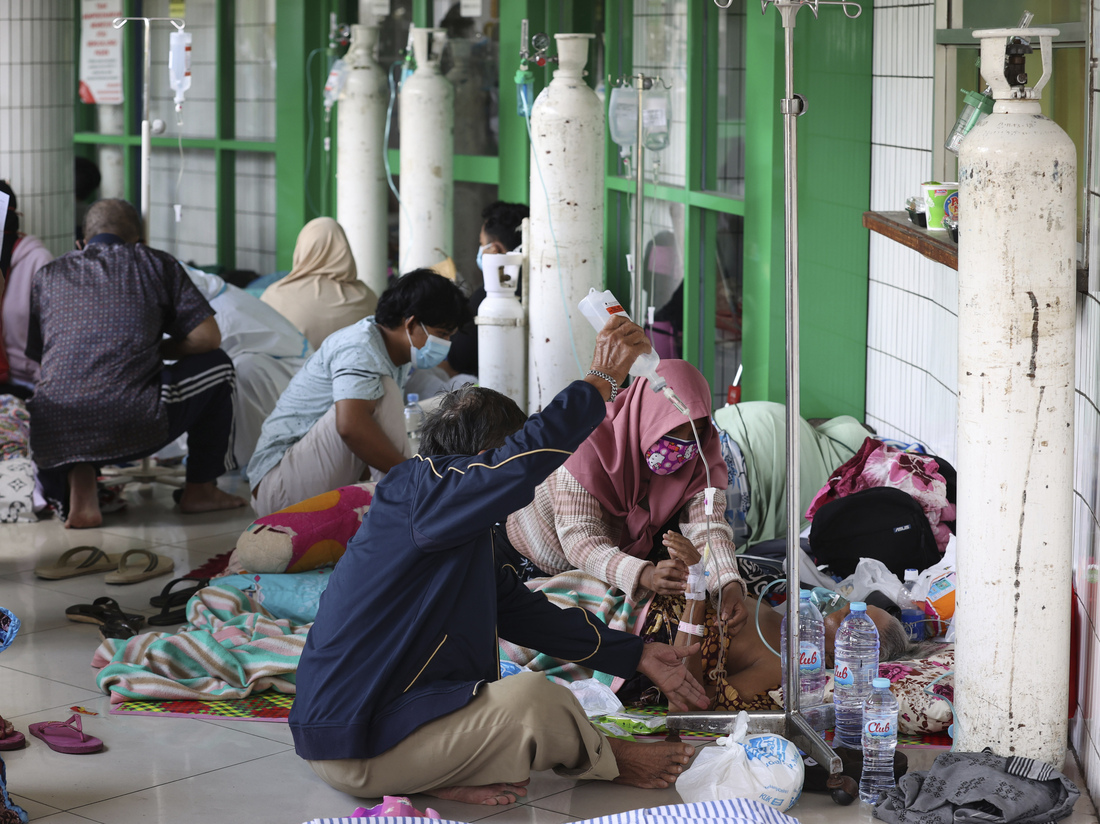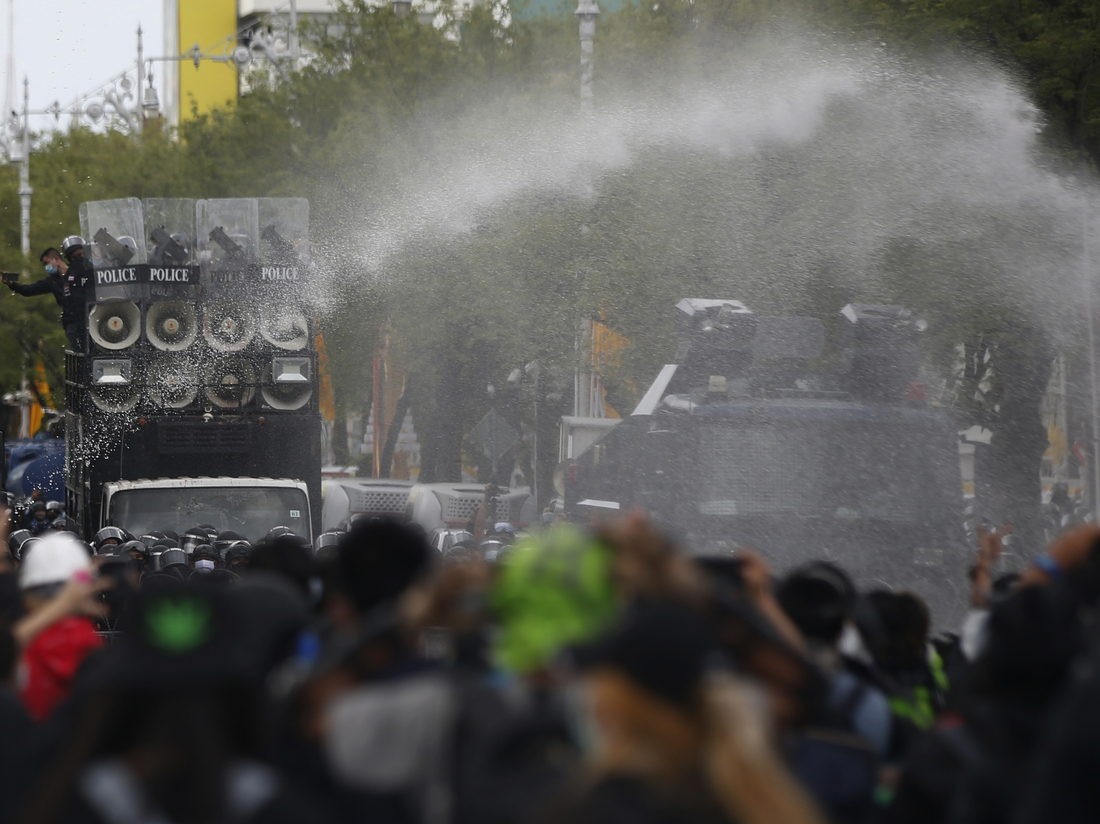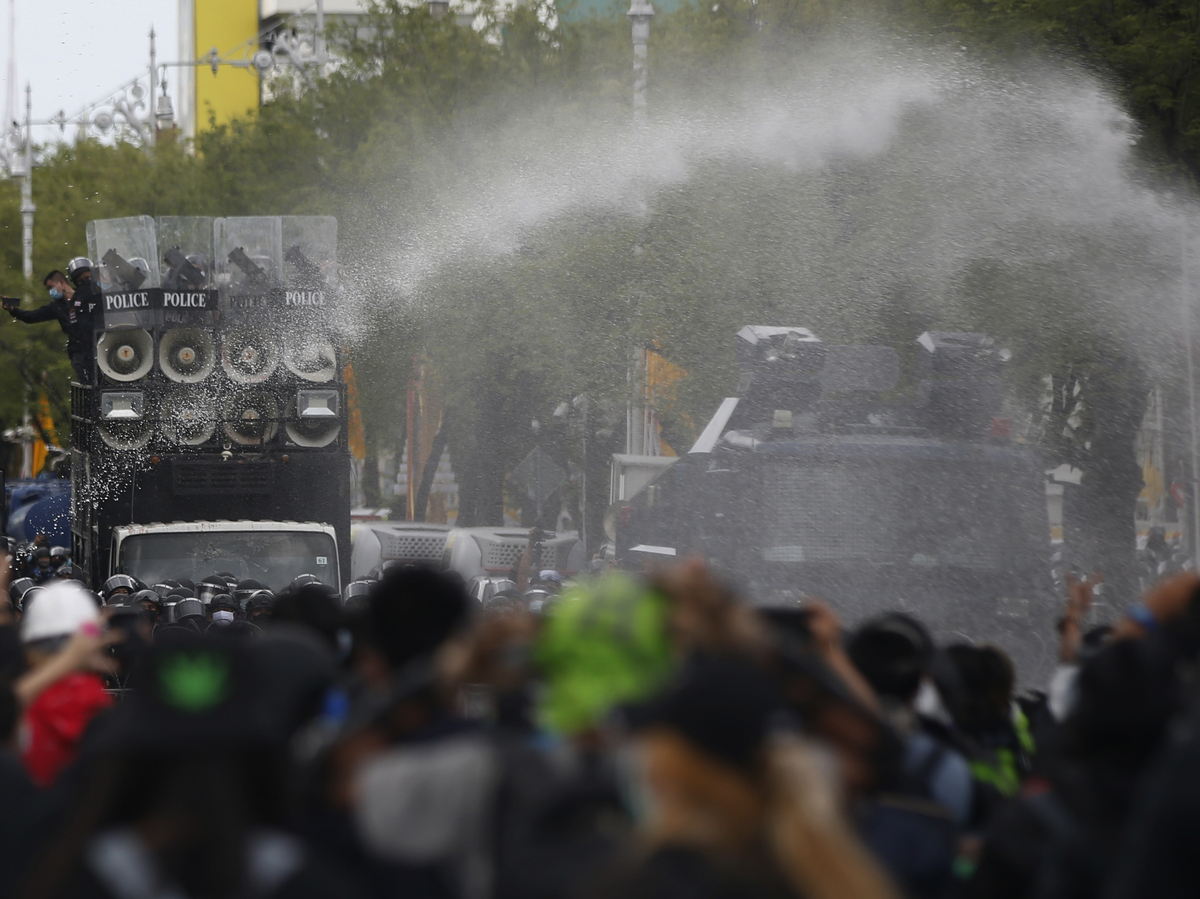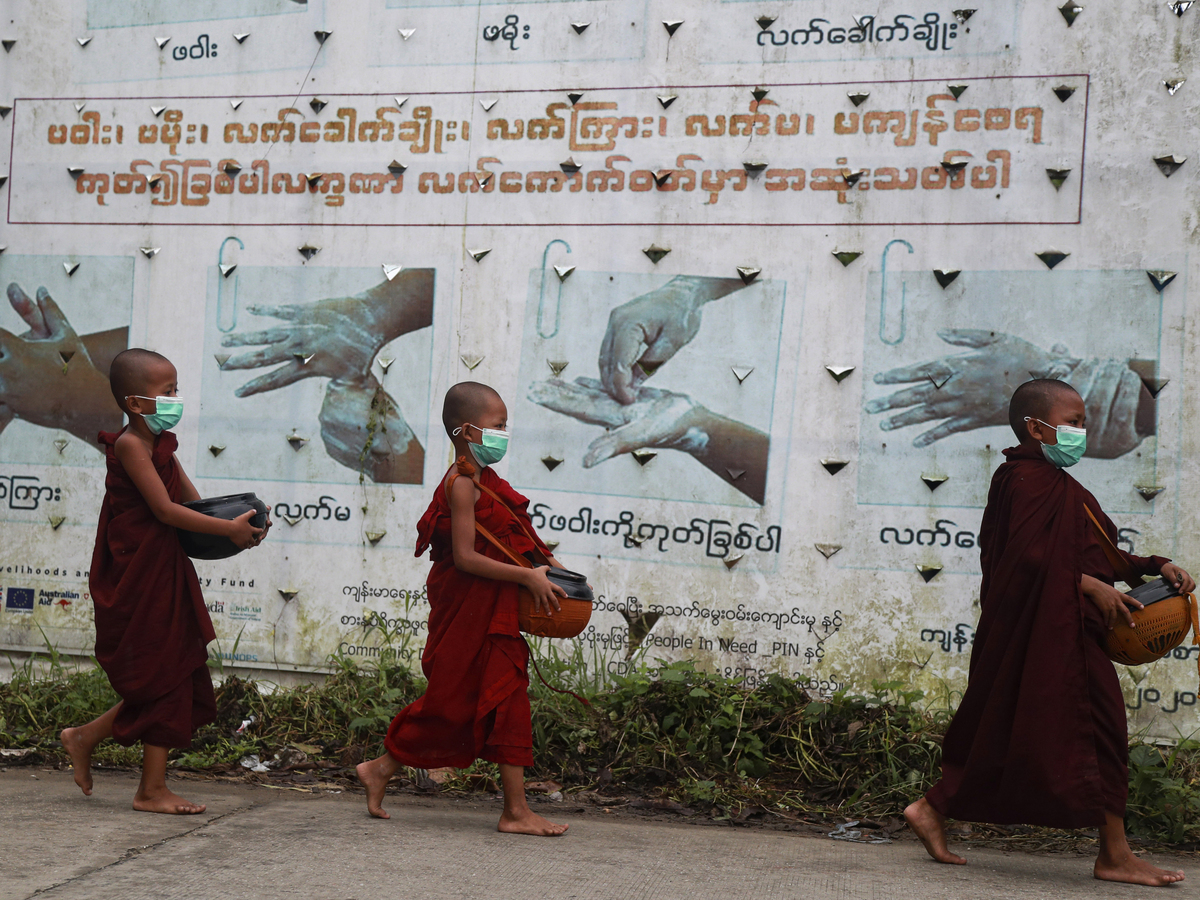
 health
health 
[ad_1]
Workers in protective suits carry a coffin containing the body of a COVID-19 victim to a grave for burial at the Cipenjo Cemetery in Bogor, West Java, Indonesia, Wednesday, July 14, 2021.
Achmad Ibrahim/AP
hide caption
toggle caption
Achmad Ibrahim/AP

Workers in protective suits carry a coffin containing the body of a COVID-19 victim to a grave for burial at the Cipenjo Cemetery in Bogor, West Java, Indonesia, Wednesday, July 14, 2021.
Achmad Ibrahim/AP
A devastating third wave of the coronavirus pandemic is hitting several countries in Southeast Asia as the delta variant takes hold in the region, leading to record levels of infections and death.
Southeast Asian countries such as Vietnam, Laos, and Thailand had avoided such largescale outbreaks previously. Now, they’re struggling to contain fresh outbreaks, even as Indonesia and Myanmar are battling low vaccination rates, limited oxygen supplies and overcrowded hospitals. Health care experts say health care systems in both countries are on the brink of collapse.
Indonesian Epidemiologist Dicky Budiman of Griffith University in Australia spoke with NPR about why so many countries in the region are facing high levels of infection now.
“Our testing capacity is still low compared to the magnitude of the pandemic. And the second one is about the vaccination rate – not only low but slow,” Budiman said.
Many Southeast Asian nations have benefitted from China’s largesse in making its’ Sinovac vaccine available relatively early on in the pandemic. Now, however, with many vaccinated health care workers falling sick, these same countries are starting to question Sinovac’s efficacy, even as they struggle to import others from the U.S. and Europe.
As of Sunday, Indonesia reported 73,582 deaths from COVID-19 and more than 2.8 million confirmed cases since the pandemic begain. For much of last week the country recorded a steady rise in infections, surpassing India and Brazil as the world’s leader in new infection rates.

Oxygen tanks are prepared for patients in the hallway of an overcrowded hospital amid a surge of COVID-19 cases, in Surabaya, East Java, Indonesia, Friday, July 9, 2021.
Trisnadi/AP
hide caption
toggle caption
Trisnadi/AP

Oxygen tanks are prepared for patients in the hallway of an overcrowded hospital amid a surge of COVID-19 cases, in Surabaya, East Java, Indonesia, Friday, July 9, 2021.
Trisnadi/AP
Indonesian epidemiologists say the real case load is likely even higher. Many expect the situation will get much worse.
Citizens are reporting desperate searches to find oxygen for loved ones or beds in a hospital. An increasing number of health workers are reportedly dying from COVID-19, too.
According to the Mitigation Team of the Indonesian Medical Association, a physicians’ network known as IDI, 114 doctors have died so far this month–twice as many as the those who died in June, according to Voice of America. A total of 545 doctors in Indonesia, the IDI said, have died since the pandemic began.
Still, government officials claim they are prepared for the “worst-case scenario,” according to The New York Times.
“If we talk about the worst-case scenario, 60,000 or slightly more, we are pretty OK,” said Luhut Pandjaitan, a senior minister in charge of handling the crisis in Indonesia, said last week during a press conference. “We are hoping that it will not reach 100,000, but even so, we are preparing now for if we ever get there.”
Pandu Riono, an epidemiologist at the University of Indonesia, told NPR that the worst-case scenario would be more than 100,000 cases a day. That’s a number he says could be reached by next month if existing measures to stop the transmission of the virus aren’t strengthened.
Anger with how Thai officials have handled the pandemic boiled over this weekend.
On Sunday, more than 1,000 protesters marched toward Thai Prime Minister General Prayut Chan-o-cha’s office, demanding he resign over perceived failures at controlling the pandemic in the country.

Police use water cannon to disperse protesters as they march to Government House in Bangkok, Thailand Sunday, July 18, 2021.
Anuthep Cheysakron/AP
hide caption
toggle caption
Anuthep Cheysakron/AP

Police use water cannon to disperse protesters as they march to Government House in Bangkok, Thailand Sunday, July 18, 2021.
Anuthep Cheysakron/AP
According to Reuters, police used tear gas, water cannon, and rubber bullets to disperse the crowd. Police said eight officers were injured and 13 protestors were arrested.
As of Monday local time, Thailand reported 11,784 new confirmed coronavirus cases and a total of 415,170 cumulative cases in the country. More than half of which have come since April. At least 3,420 people have died, the government reports.
#COVID19 situation in #Thailand as 19 July 2021
😷New Confirmed Cases: 11,784
🦠Cumulative number of cases: 415,170 (+11,784 )
👍🏻Recoveries: 289,651 (+5,741)
🩺Receiving medical treatments: 122,097
📣Fatalities: 3,422 (+81)
💉Cumulative number of vaccination: 14,298,596 pic.twitter.com/d4rf8duKtm— PR Thai Government (@prdthailand) July 19, 2021
Thirteen provinces in Thailand are tightening lockdown measures in existing red zones and expanding them to several more starting July 20 in an attempt to curtail the spread of the virus. New restrictions are in place until at least Aug. 2.
“The Government stressed the need to ease the COVID-19 situation as soon as possible by restricting the people’s movement out of their dwelling places in order to reduce the risk of COVID-19 infection,” the Thai government’s public relations department said in an announcement. “It has been found that the spread of the disease in Bangkok and its vicinity became more severe.”
Bangkok and other nearby areas with existing measures currently in place are included in the expanded order, which includes closing malls and further restrictions on restaurants and public transportation. The government is also establishing checkpoints to screen and prevent people that live in strict coronavirus control zones from traveling to other areas in the country.
Political tensions and a military crackdown on dissent following the military’s Feb. 1 coup have disrupted access to healthcare in neighboring Myanmar as the country faces a devastating rise in COVID-19 cases.

Buddhist novice monks wearing face masks walk past a COVID-19 awareness sign as they collect morning alms Thursday, July 15, 2021, in Yangon, Myanmar.
Thein Zaw/AP
hide caption
toggle caption
Thein Zaw/AP

Buddhist novice monks wearing face masks walk past a COVID-19 awareness sign as they collect morning alms Thursday, July 15, 2021, in Yangon, Myanmar.
Thein Zaw/AP
The UN’s special rapporteur for human rights in Myanmar warned the country was at risk of “becoming a Covid-19 super-spreader state,” according to The Asian Times.
Anger at the military as well as fear of being seen as cooperating with the regime, has pushed many doctors and patients away from military-run hospitals. Families are searching for care and oxygen on their own, the outlet reports.
Myanmar’s Ministry of Health and Sports reports more than 229,000 infected people in the country and at least 5,000 deaths from the virus as of Sunday, though reports indicate the number may be even higher.
The number of people who have died from the virus has risen so quickly, reports say, that crematoriums and funeral homes are struggling to keep up with the demand.
[ad_2]